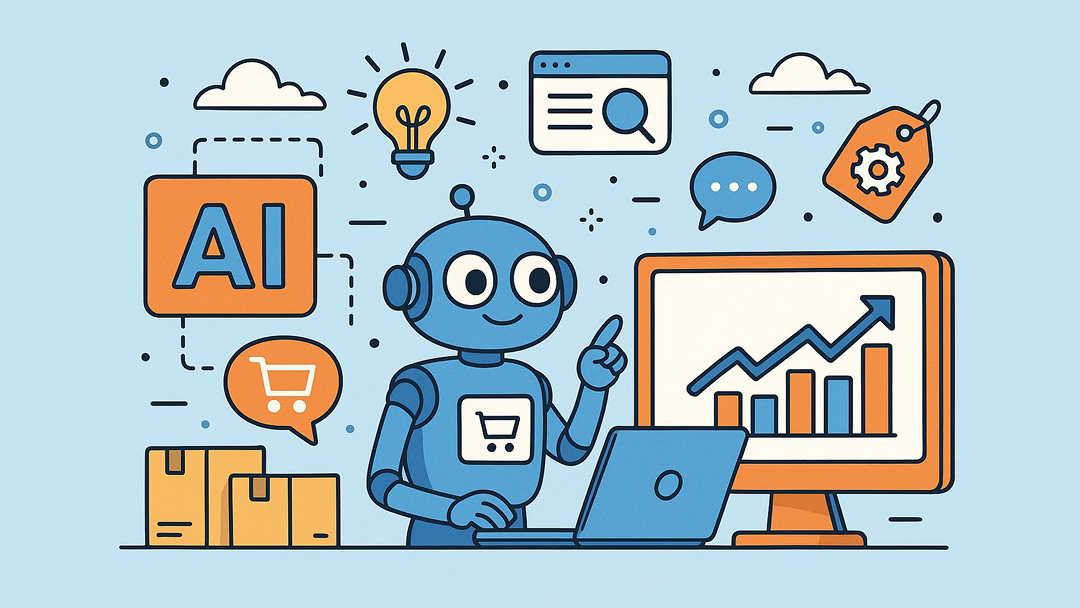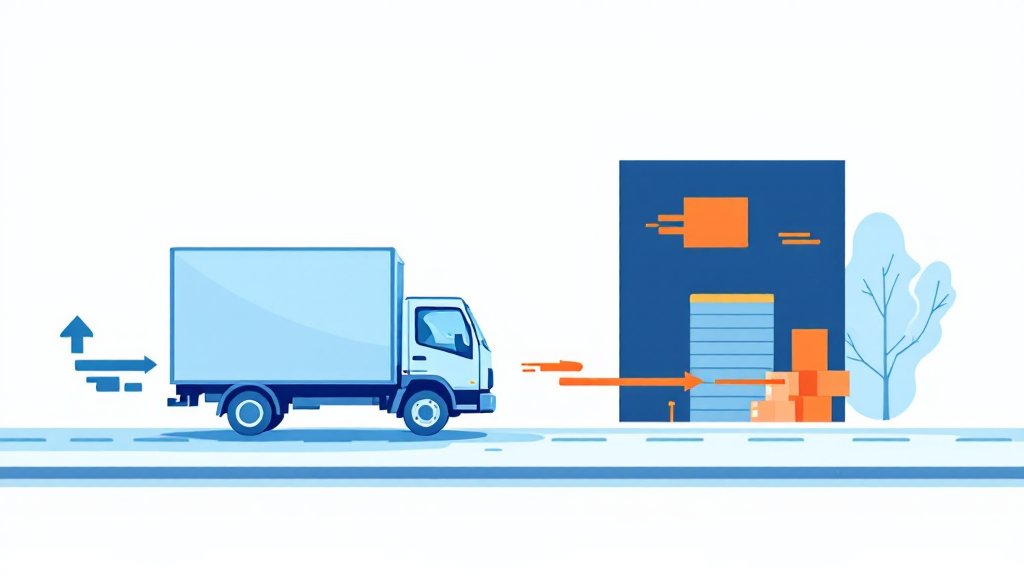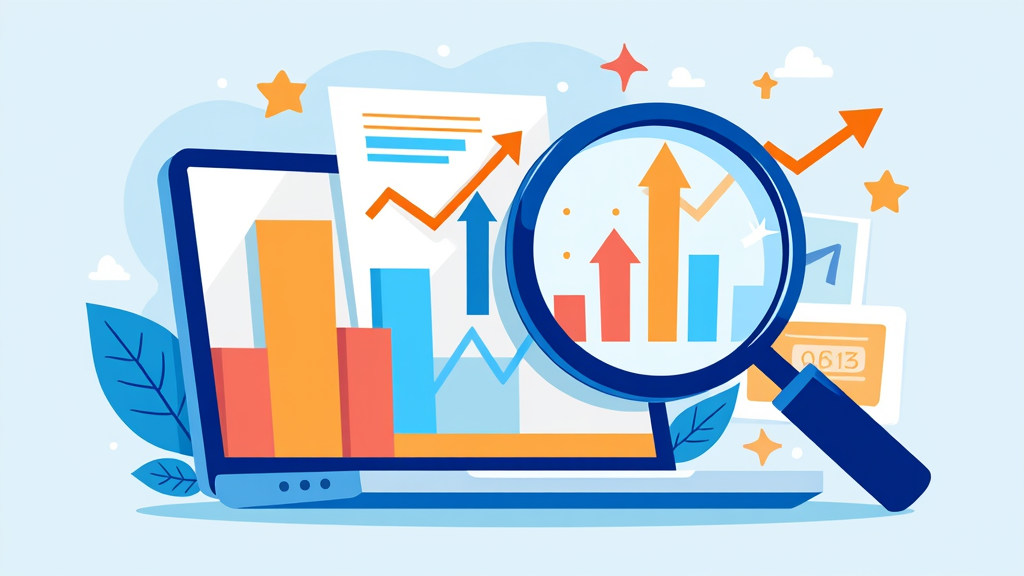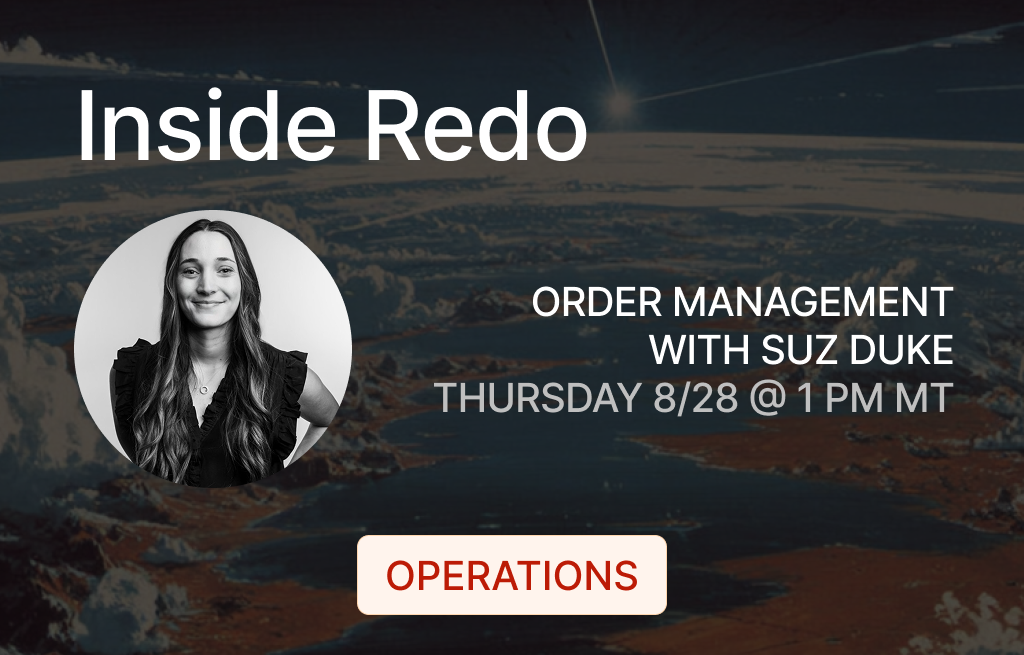The 5 Phases of the Buying Process (and Why the Last One Drives Loyalty)

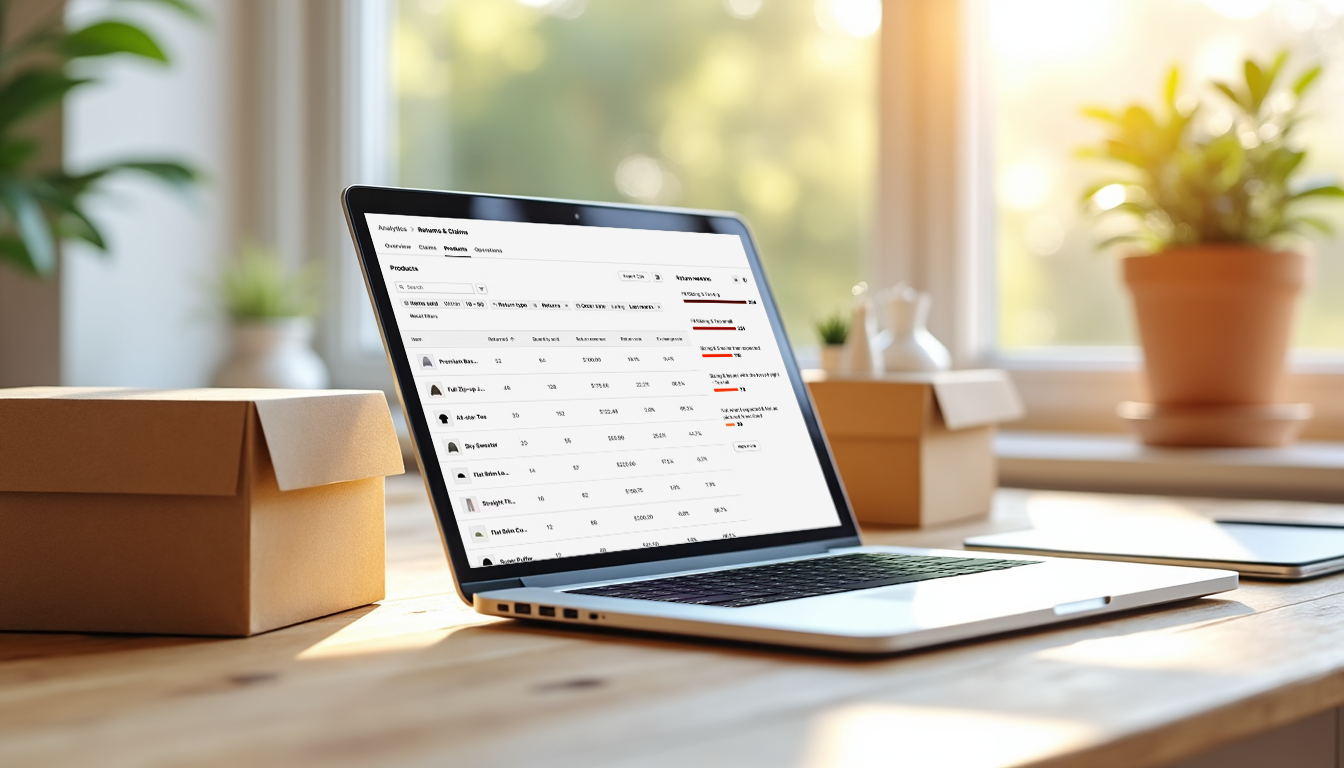
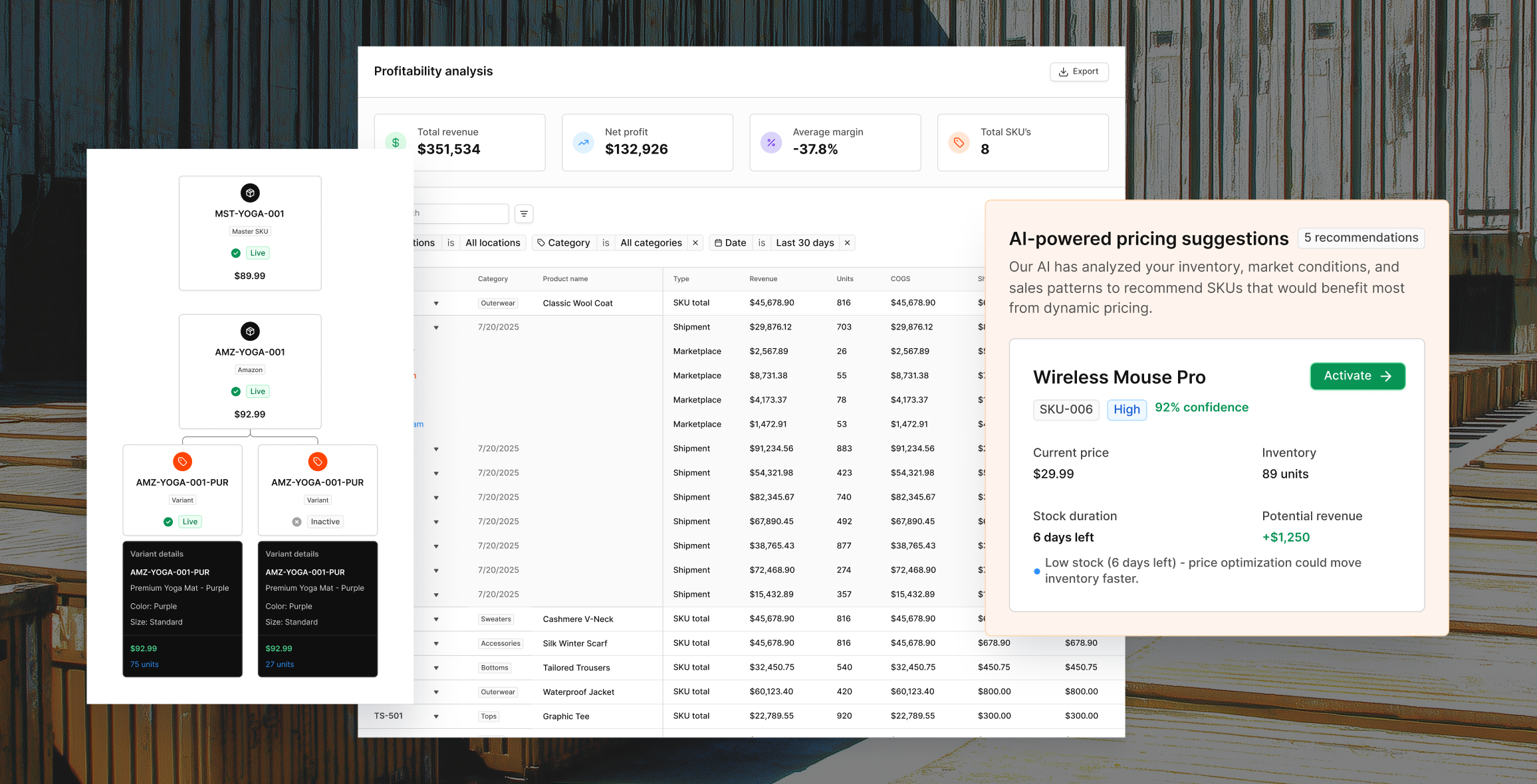
Request A Demo
Take 30 minutes to see how Redo can help you retain more revenue through a more cohesive post-purchase experience for your buyers.
Most marketing teams focus on getting the sale.
But the brands that win today know the real work begins after checkout.
Modern ecommerce doesn’t end when a customer clicks buy. It’s an ongoing process shaped by emotion, trust, and experience. To understand it, we can look to the five classic phases of the buying process — from the moment a need arises to the decision to buy again.
For decades, marketers have studied the first four stages in depth. The fifth stage, however, has quietly become the most important one. It’s where loyalty is earned, brand trust is tested, and lifetime value is built.
Phase 1: Problem Recognition
Every purchase starts with a realization. A customer notices a gap between what they have and what they need — a running shoe that’s worn out, a moisturizer that’s no longer effective, or a kitchen tool that broke.
At this moment, your brand doesn’t need to sell. It needs to educate and inspire. The best awareness strategies help shoppers define their problem clearly before introducing your solution.
How to engage this phase:
- Create educational blog posts, how-to videos, or quizzes that clarify the problem.
- Use storytelling in paid social or influencer content to show life before and after solving it.
- Help the shopper feel understood before asking them to buy.
Phase 2: Information Search
Once the problem is clear, the search begins. Customers gather information, compare brands, and look for trusted voices to guide them.
Here, credibility and clarity are more valuable than aggressive sales tactics. Search-driven content, reviews, and UGC (user-generated content) shape early perceptions of trust.
How to engage this phase:
- Make your website and product pages a resource, not just a storefront.
- Offer honest comparisons between your brand and competitors.
- Ensure your SEO content aligns with real search intent (“best for,” “how to choose,” “is it worth it?”).
The goal is to position your brand as the most helpful source, not just another option.
Phase 3: Evaluation of Alternatives
In this phase, the shopper weighs their options and begins narrowing the list.
They look at price, quality, convenience, brand reputation, and return policies — often all at once.
At this stage, even small details can sway the decision. A clear shipping timeline, flexible exchange policy, or transparent sustainability statement can tip the scale in your favor.
How to engage this phase:
- Use social proof (testimonials, reviews, or ratings) near key conversion points.
- Highlight features that matter most to your audience — not just the ones you’re proud of.
- Offer reassurance with clear return and warranty language.
When the evaluation feels easy, confidence rises — and so does conversion.
Phase 4: Purchase Decision
This is where the customer commits.
It might seem like the finish line, but it’s really a test of how well you’ve supported them up to this point. Even small friction points can undo all the work of the previous stages.
How to engage this phase:
- Keep checkout fast, mobile-friendly, and transparent.
- Offer familiar payment methods and express checkout options.
- Display clear shipping expectations and post-purchase support information.
- Use friendly confirmation pages and follow-up emails that celebrate the decision rather than just confirming it.
The goal is to make the transaction feel effortless — not transactional.
Phase 5: Post-Purchase Behavior
This is the phase most brands overlook — but it’s the one that drives loyalty.
After buying, customers move into a psychological evaluation. They ask themselves:
- Was this worth it?
- Did this brand deliver what it promised?
- Would I buy here again?
Their answers determine whether the relationship ends or begins.
Why it matters:
The post-purchase experience shapes satisfaction, retention, reviews, and advocacy.
A smooth return or exchange process can strengthen trust more than the sale itself.
Conversely, a confusing or slow one can erase months of goodwill.
This is where Redo helps brands stand out.
Redo gives you the tools to manage and measure this entire phase:
- Branded return and exchange portals that build confidence and reduce support friction.
- Exchange-first workflows that turn refunds into reorders, keeping customers in the brand ecosystem.
- Instant credit and flexible incentives that encourage customers to try something else instead of churning.
- Analytics and insights that reveal what drives returns, satisfaction, and repeat purchases.
Post-purchase behavior isn’t just a moment to fix problems — it’s a moment to reinforce brand promise.
Why the Fifth Phase Drives Loyalty
Every stage before the purchase sets expectations.
The fifth phase tests whether you deliver on them.
When customers feel supported after they buy, they’re more likely to:
- Return for a second order.
- Recommend the brand to others.
- Forgive small mistakes or delays.
- Engage with future campaigns and new product launches.
Shopify data consistently shows that repeat customers generate a disproportionate share of revenue. Yet most brands still allocate the majority of their budget to acquisition, not retention.
Focusing on the post-purchase experience flips that equation. It ensures that every conversion contributes to long-term value, not just a one-time sale.
How to Strengthen Each Phase (and Where Redo Fits In)
The result is a complete view of the customer journey — one that’s informed by data and guided by empathy.
Bringing It All Together
The buying process has never been more dynamic. Shoppers expect brands to understand their needs at every phase, not just at checkout.
When brands design experiences that align with how people actually think, they stop fighting for conversions and start earning loyalty.
Redo helps modern ecommerce teams close the loop by giving them visibility into the most overlooked phase — and the power to act on it.
Understanding these five phases turns your customer journey from a funnel into a flywheel. Each stage feeds the next, creating a cycle of trust, satisfaction, and repeat revenue.
Key Insight
The fifth phase isn’t an afterthought. It’s the foundation of customer loyalty — and it’s where the best brands grow.
About Redo
Redo helps Shopify brands transform the post-purchase experience.
With AI-powered return flows, exchange-first logic, and detailed analytics, Redo enables teams to understand how customers think, feel, and decide to stay.
About Redo
Redo helps ecommerce brands turn post-purchase moments into lasting relationships.
Use AI-powered return flows, exchange-first logic, instant credit, and analytics to understand not just what customers bought, but why they come back.

